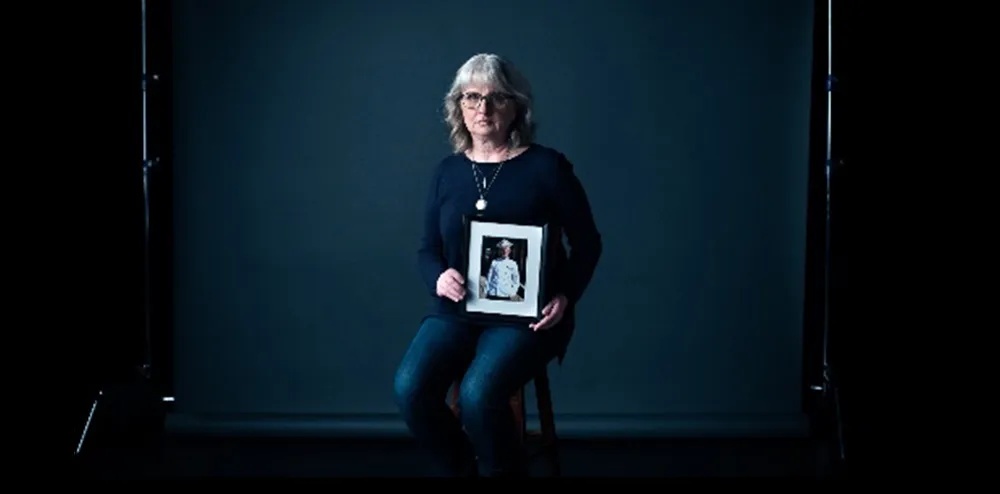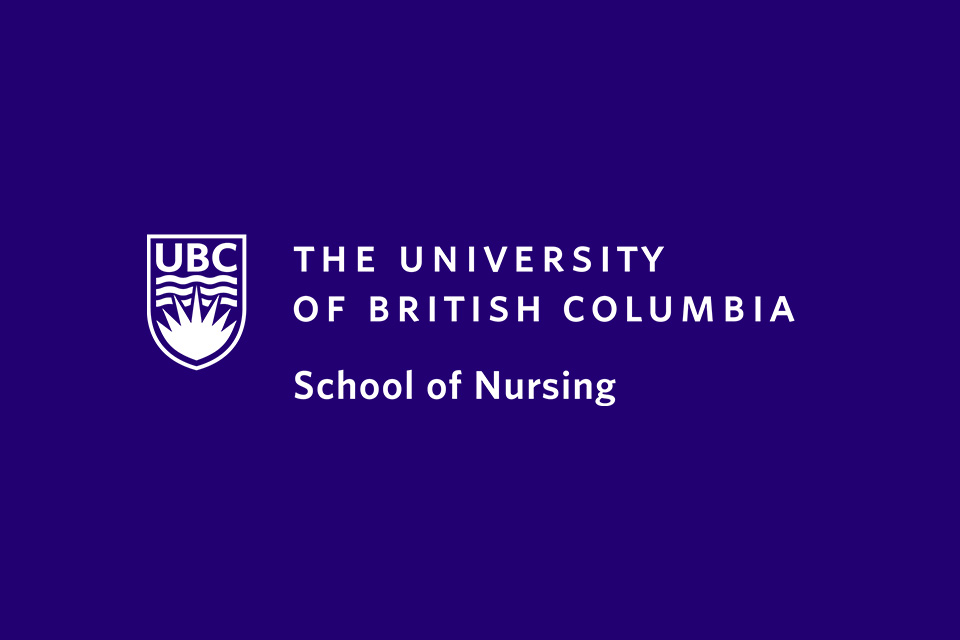“See the Lives” launched today: a series of powerful videos aimed at surfacing the real human cost of addiction – featuring parents of children who died either directly or indirectly because of drug use.
March 15, 2019

Project turns stories of personal tragedy into potent call to action
Researchers from B.C. and Alberta, along with advocacy groups from across Canada, today launched “See the Lives,” a series of powerful videos aimed at surfacing the real human cost of addiction – featuring parents of children who died either directly or indirectly because of drug use.
Petra Schulz, from Edmonton, is featured in one of the four videos. Her son, Danny, died of an accidental overdose in 2014 when he was 25 years old.
“We are really losing a generation,” she says in the video. “The victims of this crisis are important. They matter. And what I have learned in the time since Danny died is that their deaths are preventable.”
In each video a parent sits, listening to the audio of a letter they have written to their child since their death. The videos end with a call to action for increasing harm reduction efforts to provide a safe drug supply, and to end the shame that prevents people from speaking out and getting help.
Sharing the family stories of those impacted by addiction is a powerful way to challenge stigma and advocate for policy change, says UBC nursing professor Emily Jenkins, the B.C. lead for the project.
She noted that 11 Canadians die every day from causes related to opioid use, leaving their friends, families and communities behind to pick up the pieces.
“In B.C. alone, there were nearly 1,500 deaths attributed to overdose in 2018 – the highest number in the country,” said Jenkins. “We need to hear from those that have lost and take action to stop this from continuing.”
She added: “These videos bring awareness to the issue and demonstrate that nobody is immune in this crisis – overdose can happen in any family and we need to challenge the stigma and discrimination that prevents and delays families from seeking support within addiction.”
As part of research linked to the videos, Jenkins and colleagues interviewed 43 mothers across Canada whose children’s deaths were connected to substance use.
“This project aims to bring a human face and narrative to the drug policy conversation. This can be far more powerful than statistics alone toward driving change,” said Jenkins.
While the team worked with parents for the video series, Jenkins says that other groups are also lending their voice for change.
“Those supporting this effort include other clinicians, including nurses and physicians, some folks in law enforcement and policy who are allies. Most importantly, it includes the people who are using drugs and experiencing this crisis firsthand,” she said.
To view the videos and additional resources, visit www.see-beyond.ca. On April 4, the series will also be screened at the Edge Arts Festival, a public event hosted by the UBC School of Nursing as part of its centenary celebrations.
See the Lives is based on a research partnership between researchers from the O'Brien Institute for Public Health, University of Calgary; School of Public Health, University of Alberta; School of Nursing, University of British Columbia, and two community-based volunteer groups, Moms Stop the Harm and mumsDU.
Media contact:
UBC Media Relations
Lou Corpuz-Bosshart
Tel: 604.822.2048 | Email: lou.bosshart@ubc.ca


